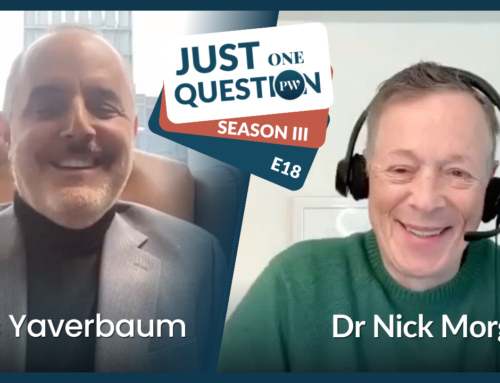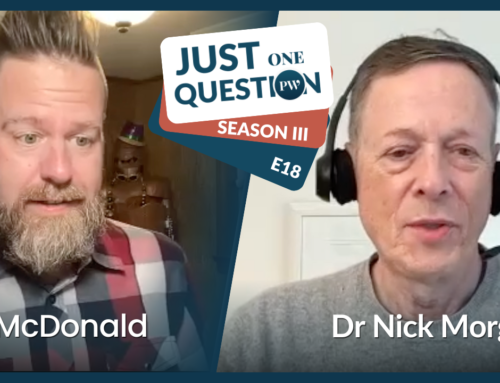Neuroscience continues to broaden our understanding of how communications actually works, and to shift our received wisdom. Two studies that I caught up with recently, one from this year and the other from about eight years ago, confirm that we humans are both more optimistic and more flexible than we might think. The older study needs to be redone post-pandemic to see if we are still as optimistic as we were before it started, but I suspect Covid didn’t change attitudes much at the scale the study was conducted. The research tested billions of words in ten languages and found that we use, on average, more positive language than negative. Humans, on the whole, are optimistic! And since we are talking billions of words, many different kinds of texts from music lyrics to Chinese novels, and ten languages, it would take a lot to shift that particular set of results.
It’s encouraging to learn that we humans talk positively on the whole, even if I’m not sure exactly what that means. Does it mean that we are optimistic, or that we talk a good game to cheer ourselves up – or to encourage others? It’s not clear, though given the huge amount of data, it’s probably a reflection of our existing mental states rather than of a broad-based conspiracy to fool someone else.
The recent study is even more profound and more usefully focused in that it debunks a widely held view of the effect of aging on our ability to learn and adapt. The study found that if you mimic the way children learn – taking multiple subjects, having homework, and being open to instruction – then you can triple the typical adult retention rate. What’s more, the adults tested retained their newly-acquired information for up to a year.
The brain continually proves itself to be more plastic than we thought, or than popular attitudes would have you believe.
When we focus, we put out brain waves in the alpha range, and alpha waves have been linked in other studies to our efforts to suppress extraneous information. A third study found, for example, that when a teacher and her students all synchronize their brains in the alpha range, all of the students learn better. There’s a benefit to all getting on the same wavelength. When just one or two students focus, the whole group, including the focusers, don’t learn as well. So, we can be lifetime learners, and we need to do it together.
All of this suggests that learning should be thought of as fundamentally a group activity, and one that all ages can engage in. That strikes me as a highly optimistic way of looking at education. But the important issue to stress is the vitality of the group. We humans are recovering from a century of Darwinism and belief that only the strong survive. Now, we’re learning that even the strong won’t survive if they are not surrounded by a troupe of fellow creatures.
A better way to understand both the strengths and weaknesses of humanity is to realize that everything wonderful and everything horrific we’ve achieved we’ve done so as part of a community. Leonardo da Vinci existed in an atelier and patronage system. Our view of him as a lonely genius with mirror writing and secret notebooks misses the essential ways in which he relied on his support groups to help him make his mark. And Hitler led a community to global war – he was a madman sustained by a group of ordinary people who were swayed by his rhetorical appeal.
We need to broaden our thinking to include the view that we are a communal species, and that we will live or die together, as the most successful invasive species on the planet, not because of a lonely genius or madman here or there.









Leave A Comment